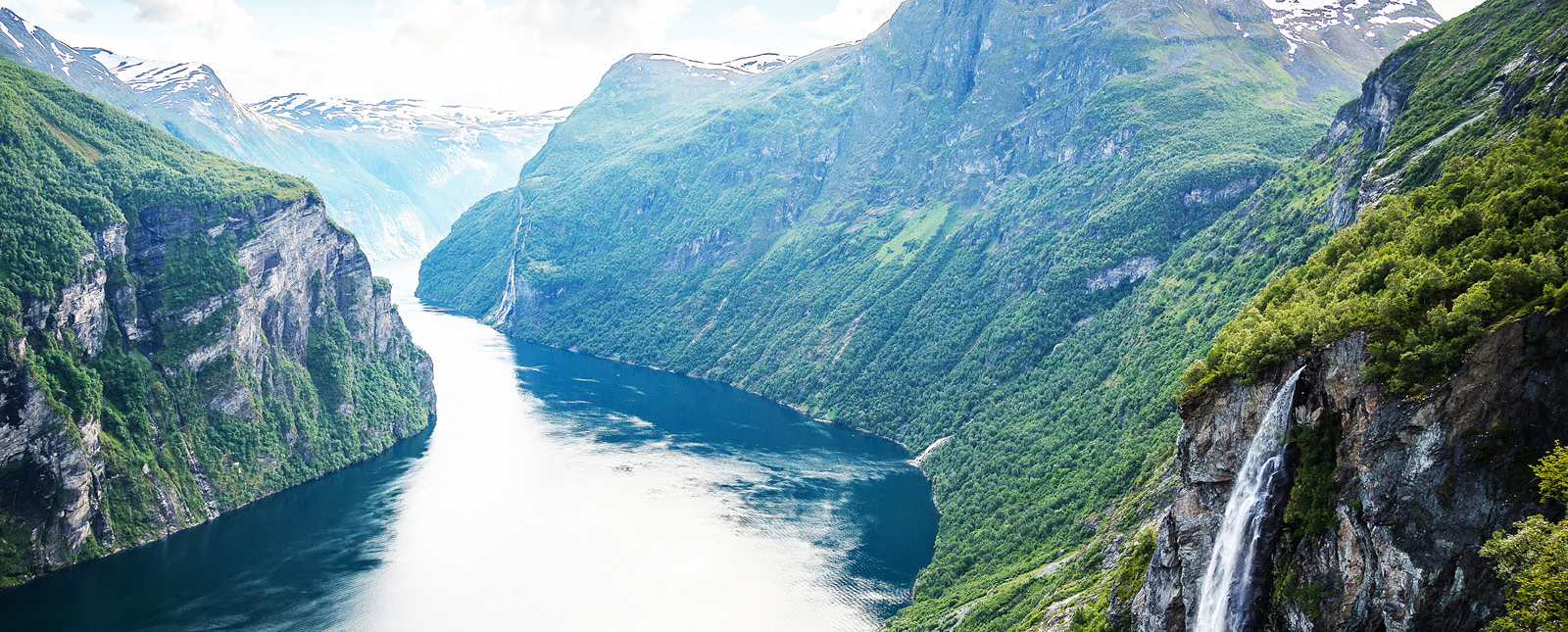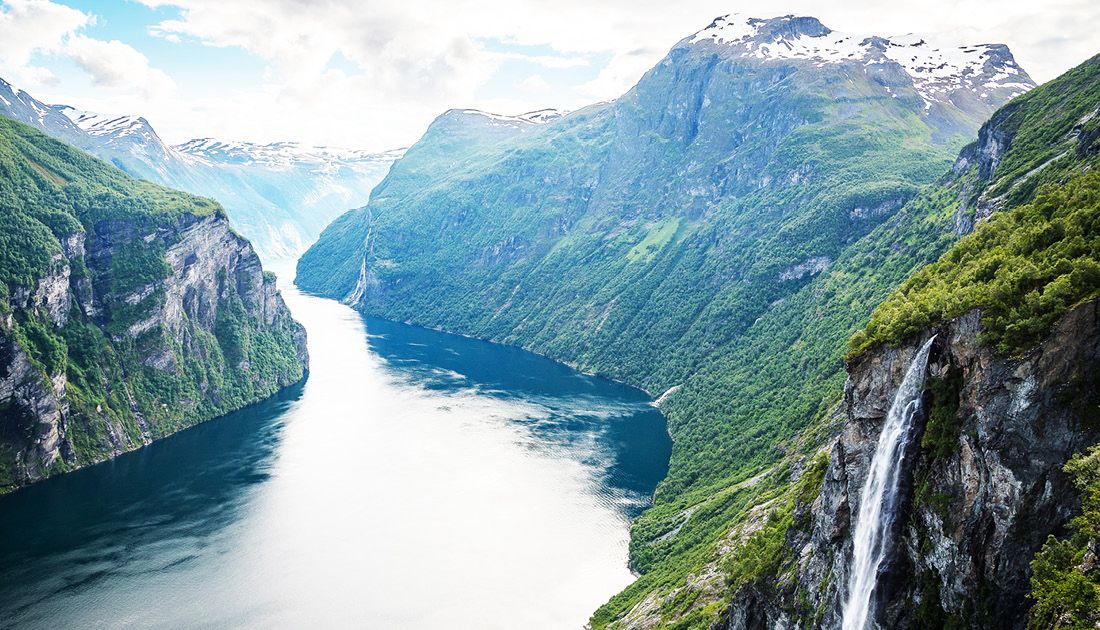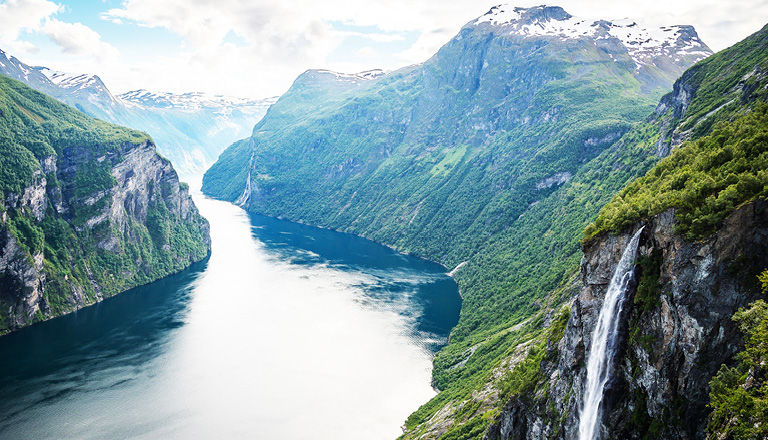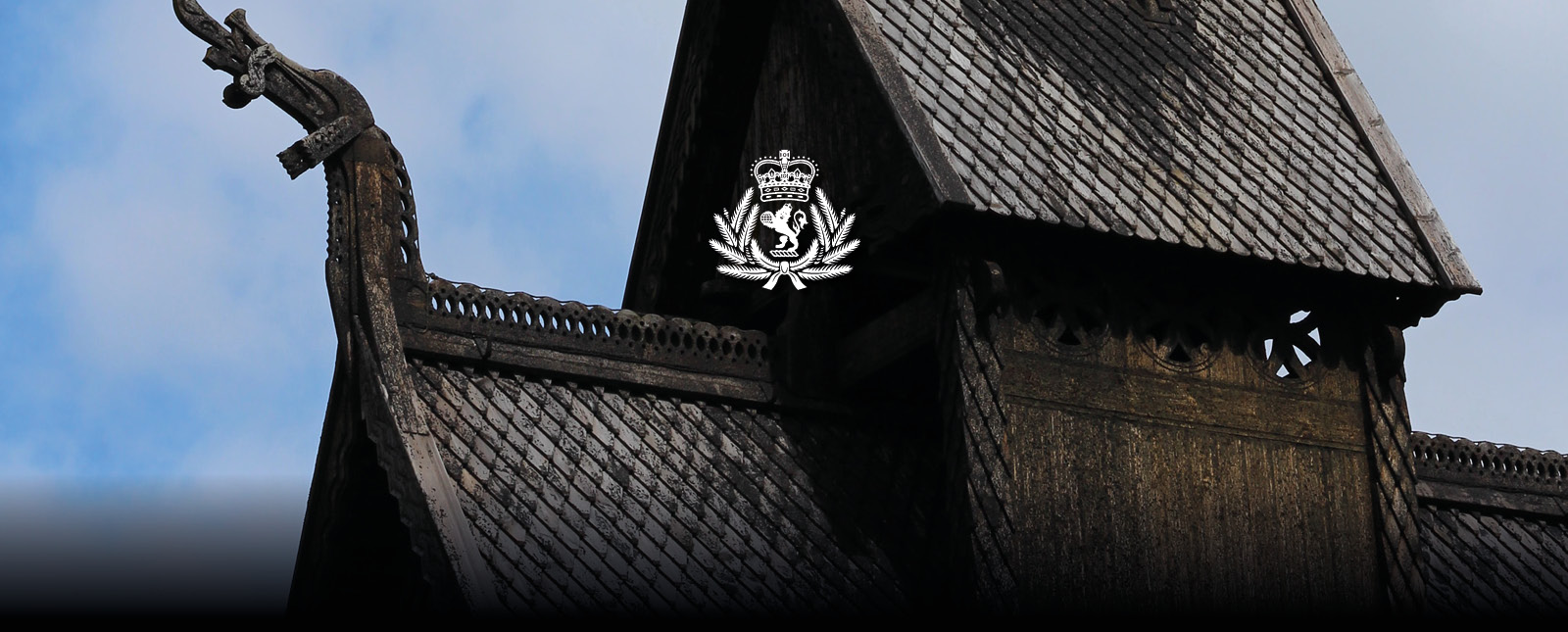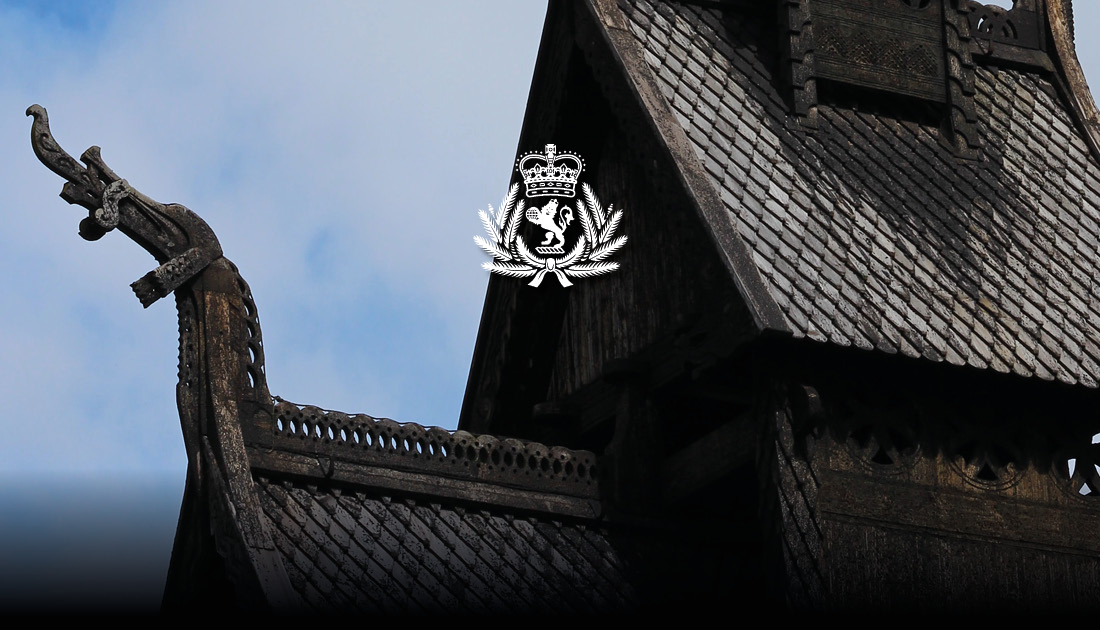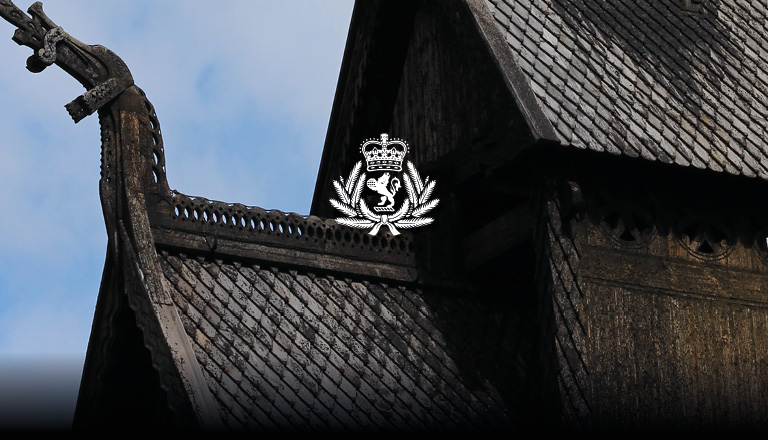NORWEGIAN FJORDS, BY CUNARD
AN EXPERIENCE
Discover a land untouched by time and shrouded in folklore. Where waterfalls spiral down the cliffs of the fjords and small fishing villages are the only signs of civilization.
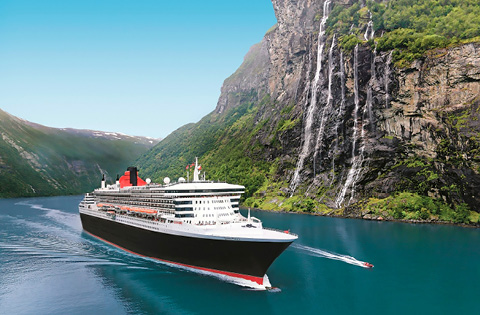
OUR CRUISES
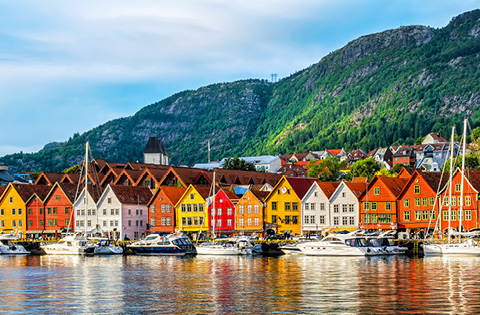
WE RECOMMEND
Norway is an enchanting treasure waiting to be discovered, and every cruise to this idyllic destination will be filled with unforgettable sights and memories. However, there are several must-do things that you just don't want to miss out on.
Be sure to have your camera ready to witness the amazing sight of Aurlandsfjord, Flaam or Sognefjord, they are just some of the most picturesque fjords in Norway.
From the Vikings to folklore, Norway is packed with cultural attractions that celebrate its unique heritage. Stroll through its small towns to discover corners, shops and unique people.
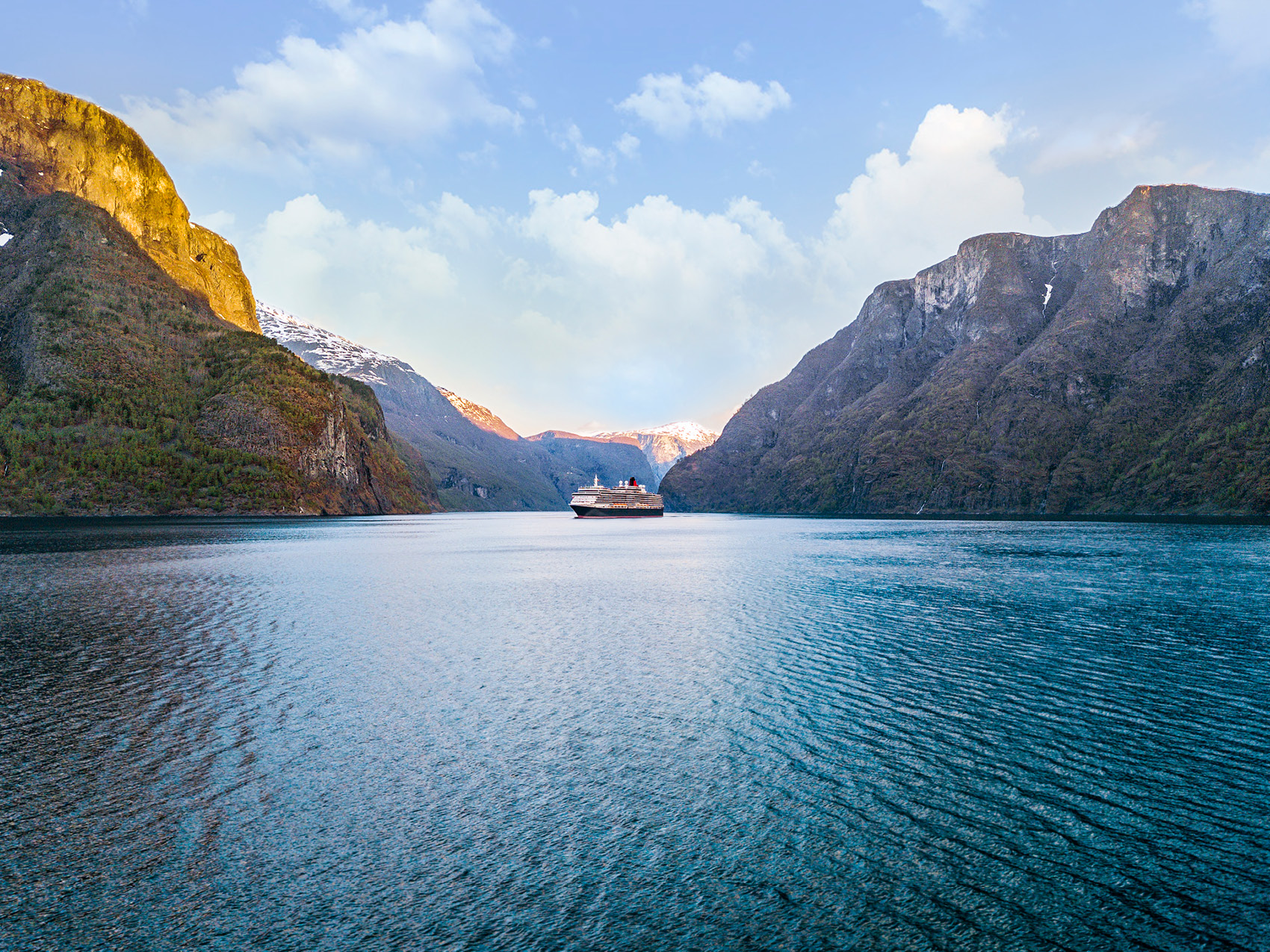
FASCINATING LANDSCAPES

GRILL SUITES EXPERIENCE
Observe the glaciers from your balcony on a Grill Suite. A true experience full of luxury where the traditional and the modern come together to provide you with a unique and tailor-made crossing.

ALL AN EXPERIENCE ON BOARD
Relax in the comfort of your cabin, in the swimming pools of the cubiertas or in our Spa, enjoy the best gastronomy in any of our restaurants and share unforgettable moments with your friends as we take you to the next destination.
